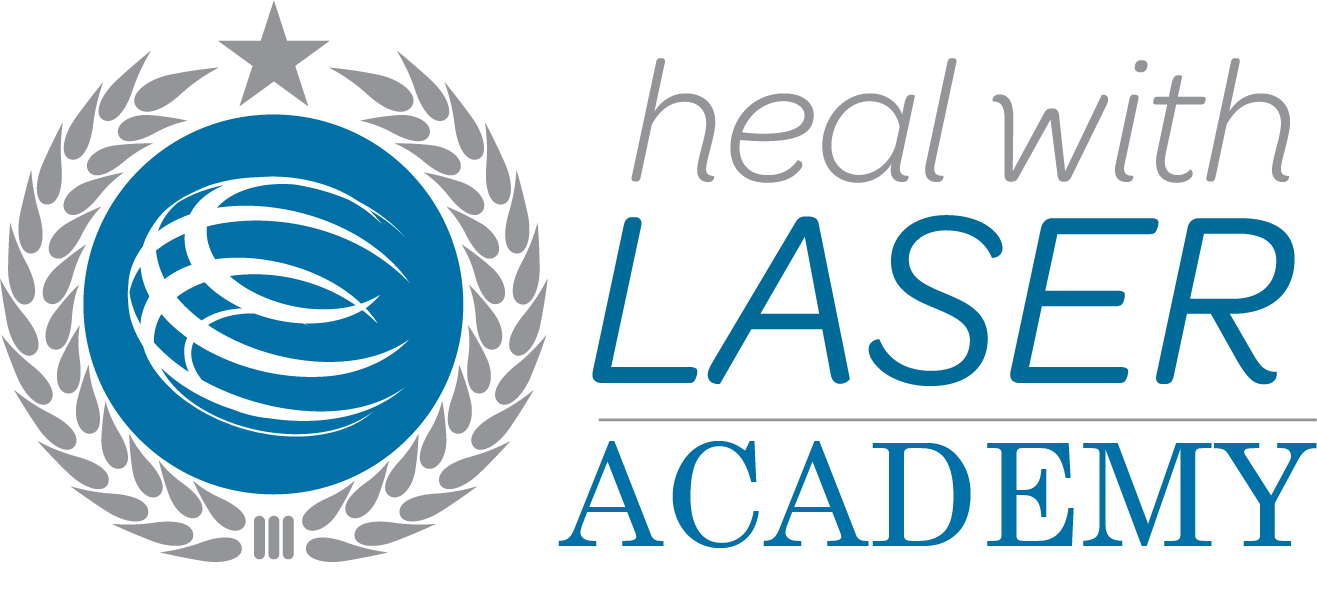CHRONIC PAIN AND WOUND CARE IN AUSTRALIA
Chronic pain costs the Australian economy $34.3 billion each year, i.e. $10,847 for each person with the condition. It is the nation’s third most costly health problem. As well as posing large costs for the healthcare system, the human cost on individuals and families is also significant.
- 1 in 5 Australian adults suffers from chronic pain. An estimated 20 % of adult Australians suffer chronic pain.
- More women than men experience chronic pain.
- Pain is most common in women 50-54 and men 55-59.
- Injury is the most common cause of chronic pain (38 %).
- A further 1/3 of all people who experience chronic pain are unable to identify the original cause.
- Other identified causes include arthritis, musculoskeletal conditions, headache, cancer-related pain, post-surgical persistent pain and non-specific lower back pain.
- 24 million Australians were living with chronic pain in 2018. 53.8% are women and 68.3% are of working age.
- For the majority (56%) of Australians living with chronic pain, their pain restricts what activities they can undertake.
“High Price of Pain” report, Access Economics, 2017.
The total financial cost of chronic pain in Australia in 2018 was estimated to be $73.2 billion, comprising $12.2 billion in health system costs, $48.3 billion in productivity losses, and $12.7 billion in other financial costs, such as informal care, aids and modifications and deadweight losses
- The costs of chronic pain are expected to increase from $139.3 billion in 2018 to $215.6 billion by 2050 in real 2017-18 dollars
- An extension of best practice care to Australian patients could lead to substantial savings and better health outcomes.
“A Painful Reality” report, Access Economics, April 2019.
What are chronic diseases?
The term chronic refers to something that persists for a very long time or is constantly recurring. The Australian Institute of Health and Welfare commonly reports on 10 major chronic condition groups: arthritis, asthma, back pain, cancer, cardiovascular disease, chronic obstructive pulmonary disease, diabetes, chronic kidney disease, mental health conditions and osteoporosis.
One of the most common uses of MLS Therapy is to relieve pain, both at the initial appointment and as part of ongoing treatment.
How does MLS Laser Therapy work?
MLS (Multiwave Locked System) Laser Therapy is an innovative therapeutic technique, the emission characteristics of which were studied to improve the therapeutic effectiveness of laser. Careful studies carried out by ASALaser resulted in the innovative and unique MLS pulse. The MLS pulse is generated by a sophisticated continuous and pulsed emission system that is synchronised and combined: the two sources with different wavelengths penetrate the tissue in-depth. Emission synchronisation allows for synergistic effects.
What are the biological effects?
MLS laser works at a biological level and has an effect on cells and tissues. At a cellular level it increases the synthesis of the proteins that bind the Adenosine 5′-triphosphate (ATP) making it more accessible for metabolic and anabolic processes at cell level. At a tissue level it induces myogenesis, and as such the reconstitution of damaged muscle fibres and modulates inflammatory processes.
Put simply it reduces inflammation and pain and accelerates tissue repair and cell growth. The laser takes damaged tissue away from the area and drives more blood and nutrients into the area. It helps speed up the natural healing process.
The MLS Product Range – Pathology Mode
MLS Laser Therapy can be carried out using three difference applicators: handpiece, multidiodic applicator or robotised head. All models of the MLS Product Range can be used to treat chronic pathologies and feature pre-set treatment protocols affecting each anatomical part of the body.
For example when the back is selected, the clinician may select from a range of pathologies that include lumbosacral arthritis, lumbar pain, sciatic pain and others. Each pathology consists of pre-programmed parameters supported by on-screen animated colour graphics.
The pathology mode is recommended when in the presence of a certain diagnosis and the pain is well localised in the pertinent site. In this mode the software proposes a pre-set list of pathologies, divided according to the reference body area.
Specific pathologies are treated in fixed points using the handpiece and the multidiodic applicator and in the wide areas using the M6 robotised head.
To simplify therapy, the points and areas to be treated are shown in a continuous cycle. The pathology protocol can be integrated with the global approach to relax muscles when pain is widespread.
Emission frequency and treatment cycles for chronic pathology
Emission frequency varies according to the clinical phase of the pathology and the treatment cycle is adjusted according to the gravity of the pathology. Chronic pathologies tend to use a medium-high emission frequency (500-2000 Hz) and require a higher number of treatment cycles from 8 to 15.


